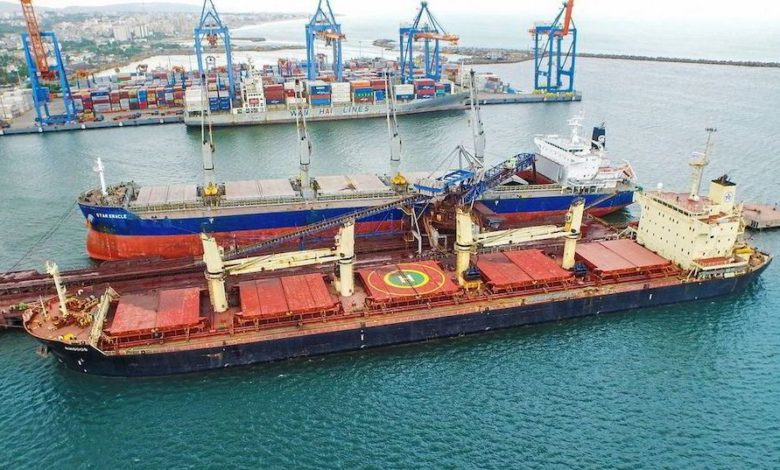India’s proposed ship age limits to have negligible effect on the global merchant fleet

It’s been one of the most read stories on the Splash site this month, but just how significant is the news coming out of India about soon-to-be-enacted ship age limits?
Splash reported five days ago about new rules be issued by New Delhi whereby no bulk carrier, tanker or general cargo ship aged 25 or older will be allowed to call at Indian ports. For gas carriers, offshore vessels and boxships the age limit will be set at 30 years. Locally flagged ships will be deregistered when they hit these new age limits. Furthermore, owners will not be able to locally flag any secondhand acquisitions that are 20 years old or above.
The new ship age limits – designed to improve safety and environmental performance – are expected to be officially announced in the next few days, and bring India’s maritime regulations in line with many other nations around the world.
“Although operators of older vessels only face losing access to one country, India’s growth is only set to make this restriction more significant as time goes by,” a new report from Allied Shipbroking suggested.
Researchers at Xclusiv Shipbrokers have broken down what these new rules mean in practice, and their likely negligible effect on the global merchant fleet. According to Xclusiv India is responsible for 17% of the world seaborne iron ore trade, 19% of the world’s seaborne coal trade and 2% of the world’s seaborne grain trade. On the wet market, India is responsible for 12% of the world’s seaborne crude oil trade and 7% of the world’s seaborne oil product trade.
Only about 7% of the global bulker fleet and almost 4% of the tanker fleet is older than 21 years old, according to Xclusiv, while just 3% of boxships trading today are older than 29.
As for the gas carrier sector, India’s LNG imports account for 5% of the world seaborne LNG trade while India’s LPG imports are 15% of the world seaborne LPG trade.
“Despite the fact that almost 11% of gas carrier fleet is older than 29 years old, the really high orderbook (about 20% of the fleet) suggests that this market will not be significantly affected by India’s new policy,” Xclusiv noted in a weekly report.

Interesting development? Many if not most oil major vetting departments introduced vessel age criteria in the late 1980’s/early 1990’s which were similar to those announced recently by New Delhi. The data on which the age criteria is based came from the Insurers. Through the 1990’s there was a big increase in the number of Indian ex Senior Officer Vetting coordinators recruited from the oil major fleet that I worked for. My guess is they sent the message home as as the Indian flagged tanker fleets increased, as these QA age criteria made good sense and were base on actuerial data over many years.